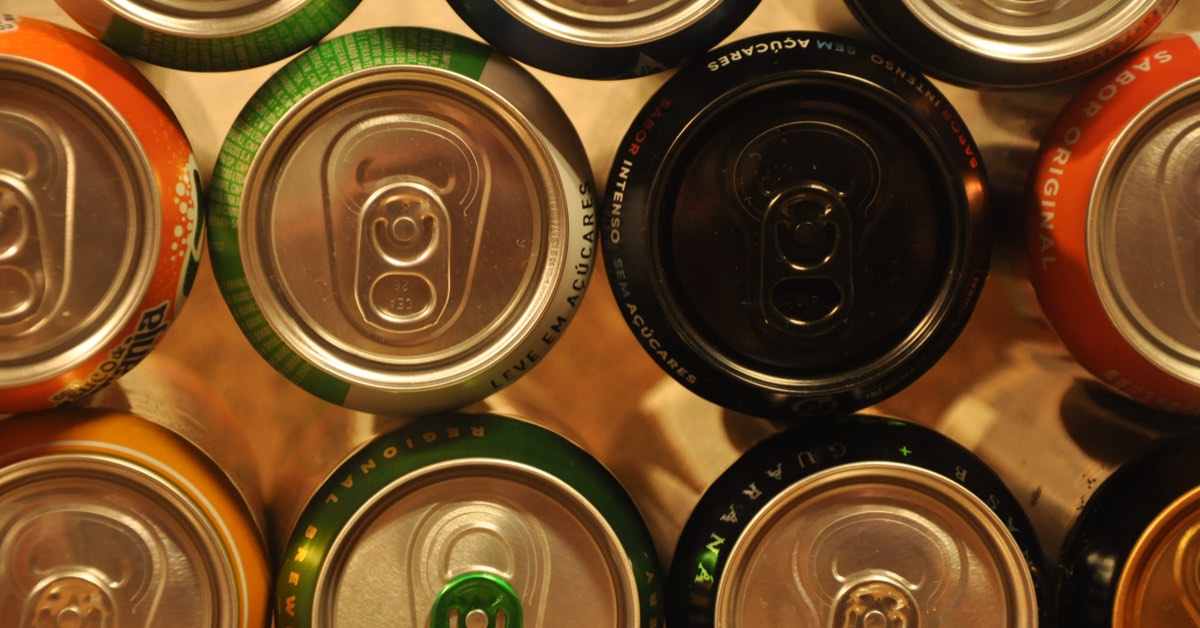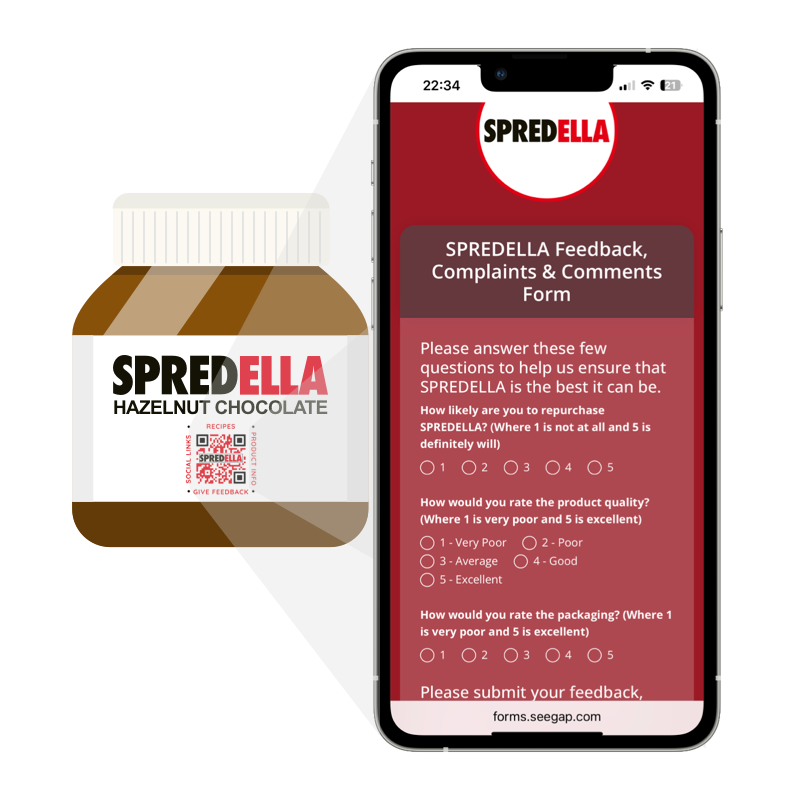Consumer experience management is a simple concept. At its most basic, it’s about optimising how your brand makes the consumer feel throughout their various interactions with it, within the confines of a given budget. That includes your ads promoting the product, the way it’s presented on store shelves, how well it works or tastes and how the customer feels about it later.
Managing consumer experience is challenging for FMCG brands. This is largely because you don’t have much control over a product once it’s left your warehouse and little direct interaction with consumers post-purchase. However, if you don’t proactively manage consumer experience, more customers will have inconsistent interactions with your brand. And consumers who have a bad experience may not purchase your product ever again, or worse, they’ll tell all their friends to do the same on Instagram or Twitter.
How do you ensure your products meet the consumer’s expectations set by your brand promise 99% of the time? How do you deal with the 1% who have a bad experience in such a way that you turn it into a loyalty building opportunity?
TRACE the Consumer’s Experience
The answer to the above questions is you need to follow a consumer experience management process. Here I’ve tried to distill that process down into a simple model called the TRACE model. This model could apply to all sorts of businesses but I have tailored it to consumer packaged goods / FMCG brands.
T – Tune In (to your customers thought’s)
You might have expected the first step to be “Listen” or “Hear” the voice of the customer ? The fact is that listening on its own doesn’t quite cut it for most businesses. Observation is another huge part of understanding customer experience because what people say in a survey or a focus group and what they do in reality can vary wildly.
Without getting too creepy about it or breaking any privacy laws, finding ways to observe people consuming or using your product is invaluable. Observing behaviour may prompt you to ask different questions than you would otherwise have come up with. Packaging that’s difficult to open is a great example of this. So many products are sent out into the world with poorly designed packaging that can really infuriate customers (particularly elderly or disabled customers).
The purpose of the tune in step is twofold.
- On one hand it’s to gather information in order to build a picture of where things are going well and going wrong.
- On the other hand it’s to draw a line in the sand so that you have something to measure future performance against.
SeeGap provides a solution that helps FMCG brands capture customer feedback directly from product packaging so we may be a bit biased, but we think you have to measuring some regularly if not constantly in order to . We build feedback That means you need to be measuring and tracking some key metrics.
The key tactics in the Tune In step are:
- Focus groups/Market research
- Social media monitoring
- Customer Surveys (full disclosure – SeeGap captures consumer feedback directly from product packaging)
- Content on review sites like TrustPilot
- Observation
- Customer Journey Mapping
It would be difficult and expensive to do all of these things, so you really need to pick and choose what will work best for your business.
R – React
When a customer has taken the time to give you feedback, it’s really only common decency to respond to them. However, in my experience and having spoken to hundreds of businesses, most of the time there is no response at all.
Forget about manners for a moment. The damage a single unhappy customer can do in a world of reviews and tweets is immense. Reacting to individual pieces of negative feedback should therefore be a priority for most businesses. Responding to customers can have a massive positive impact on key metrics like Net Promoter Score, future wallet share and customer advocacy. This Harvard Business Review study illustrates that point with practical examples and hard numbers.
I am also a massive advocate of reacting to your happiest customers and the closer to a real-time response you can manage the better. So many brands ask for feedback and so few ever follow up that it can be a hugely impactful exercise in terms of customer retention and driving referrals.
It probably goes without saying but be careful about reacting to observed behaviour. It can come across as creepy.
A – Analyse
The way a businesses goes about analysing customer feedback data is critical to the CX projects success. Far too many businesses focus on the scores coming out of the data rather than what’s causing those scores. Analyse does not mean check that you’re hitting your benchmarks.
CX analysis should focus on these three factors:
- What are our customers telling us about our business that we can change in order to improve future interactions with them.
- Is our key metric (e.g. NPS) trending upward or downward and what is driving the trend. Smart businesses are more concerned about continuous improvement in their metrics rather than the absolute number.
- Can we link the CX programme to a measurable improvement in a commercial metric such as total revenue or number of transactions? Like any other initiative in a business, your CX programme will be much more successful in the long term if you can demonstrate a strong return on investment.
In an FMCG context, the sort of things you should be analysing and examples of the measurable improvements you should be targeting are as follows:
- Compare customer satisfaction rating or Net Promoter Scores across product variants. This will help you understand which variants may be damaging the entire range so that you can strip them our or maybe rework the recipe etc.
- Track customer feedback on new product offerings to improve their chance of long term success. Look out for simple fixes with product packaging messaging for example.
- Measure customer satisfaction scores over time to identify issues as consumers are being exposed to them. This can be used to spot issues in the production process that may cause inconsistencies in product quality.
C – Change
You’ve analysed the data and you’ve identified issues that need to be addressed. Now it’s time for one of the most critical steps of the whole CX process. You need to follow through and make the changes necessary to improve the customer experience going forward. This is the step that drives the most value in consumer experience management.
Making small changes is a normal part of any business but occasionally the data may suggest making a significant change or changes to the way you conduct your business. Before making a big change, it is good practice to step away from the data and discuss your thoughts with staff and customers where possible to sense check it.
I recommend making big changes sequentially so you can track the impact on your metrics and see what impact each individual change has, as explained under “Evaluate”.
E – Evaluate
The evaluate step is essentially analyse part two. However, there may be value in changing one or two of the questions in your survey to focus in on the changes you have made.
R – Repeat
Become a CX TRACER by adding “Repeat” as the final step. After all, consumer experience management is not a one time thing. To master it you need to be working on it all the time. Even top selling products need to be refreshed every now and then. Without the data and insights generated by an ongoing consumer experience program, you might struggle to understand exactly what that refresh should look like.

